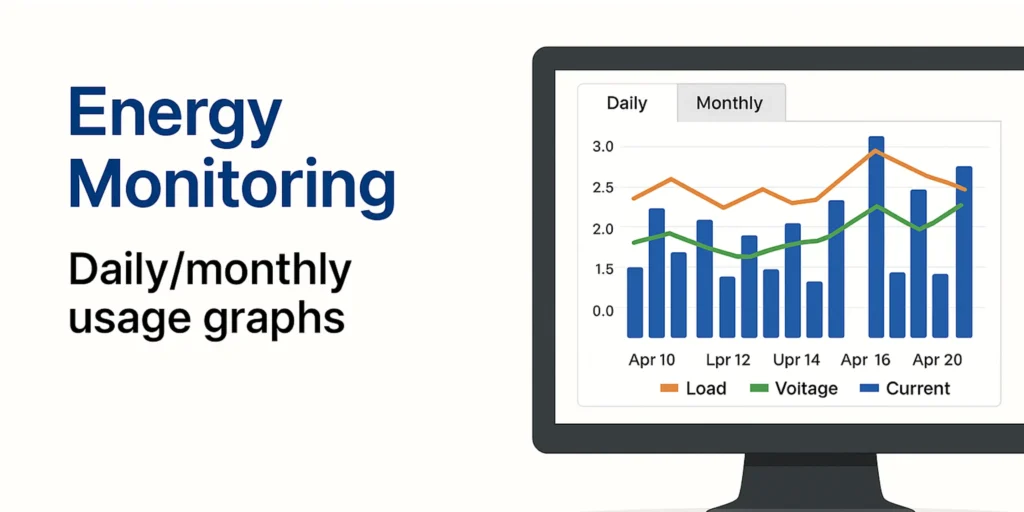 Image Source: MSN
Image Source: MSN
A significant technical glitch in the ITR-2 online income tax return filing utility is creating concern among taxpayers, especially those reporting capital gains and carrying forward capital losses. Chartered Accountant Aditi Bhardwaj has flagged an inconsistency that, if not promptly resolved, could lead to incorrect tax filings, rejections, and potential scrutiny notices for the financial year 2024–25 (assessment year 2025–26).
Key Highlights of the ITR-2 Utility Error
The glitch involves a mismatch between two critical schedules in the ITR-2 form: Schedule Brought Forward Loss Adjustment (BFLA) and Schedule Carry Forward Loss (CFL). While the capital losses are correctly set off against capital gains in BFLA, the CFL schedule incorrectly continues to show the entire brought forward loss amount as unadjusted.
As a result, taxpayers who have fully utilized their brought forward capital losses in the current year may still appear to have unabsorbed losses in the system, leading to validation errors during filing.
This inconsistency could create confusion, causing some returns to be rejected or adjusted under Section 143(1) of the Income Tax Act, thereby triggering scrutiny notices or demands for clarifications.
Unlike prior years, the utility no longer offers a “Set Off” button to manually adjust or activate the loss set off, leaving taxpayers unable to override or correct this computational error.
Additionally, affected taxpayers have reported that long-term capital gains taxable at the reduced rate under Section 112A are properly shown in the utility but disappear from the preview or final PDF of the return, further adding to filing ambiguities.
Impact and Risks for Taxpayers
Incorrect carry-forward of losses may lead to double counting of utilized losses in future years, complicating subsequent filings and risk management.
Taxpayers might face higher compliance burdens, including additional paperwork, filing rectifications, or responding to revenue authorities’ queries.
The glitch threatens accurate reflection of capital gains tax liabilities, which could unfairly complicate tax assessments and refund processes.
The error is particularly concerning given the rising number of taxpayers using ITR-2 to report capital gains from equities, mutual funds, and other capital assets amid evolving tax rules.
Technical and Legal Background
Under Sections 70 and 74 of the Income Tax Act, short-term capital losses (STCL) can be set off against both short and long-term capital gains, while long-term capital losses (LTCL) can only be adjusted against long-term capital gains.
Unabsorbed capital losses can be carried forward for a maximum of eight assessment years, provided the return is filed within the due date.
The reported glitch breaks the integration between these loss adjustment schedules, undermining the automated correctness expected from the e-filing system.
Reactions and Official Status
Leading Chartered Accountants, including Dr. Suresh Surana and Abhishek Soni, have confirmed the presence of this software inconsistency.
The Income Tax Department has acknowledged the issue and is reportedly engaging with technical experts to resolve it swiftly.
Taxpayers and tax professionals are advised to exercise caution, review their filings closely, and keep abreast of official updates or advisories to avoid filing mistakes.
What Taxpayers Should Do
Taxpayers should ensure correct reporting of capital gains and losses as per applicable rules, double-checking entries in both BFLA and CFL schedules.
It is advisable to consult with tax professionals for accurate filing in the current cycle and maintain clear documentation of all set-offs and carry-forward losses.
Monitoring official Income Tax Department communications and seeking timely help or grievance redressal is recommended.
Conclusion
The ITR-2 capital gains loss adjustment error highlights the urgent need for robust, error-free tax filing software, especially as tax rules grow more complex. While the glitch poses a temporary hurdle, prompt action by the tax authorities and awareness among taxpayers can minimize disruption. Accurate loss adjustments are vital for equitable tax liability computations and taxpayer confidence during the busy filing season of 2025.
Sources: Economic Times, Institute of Chartered Accountants of India (ICAI)
Advertisement
Advertisement





